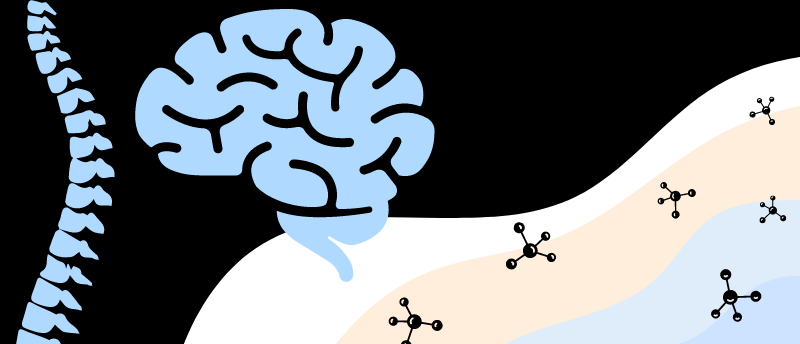Biomarkers of progressive supranuclear palsy identified in spinal fluid

The recent discovery of a unique protein pattern in spinal fluid may make earlier diagnosis of progressive supranuclear palsy a reality.
Researchers at the University of California San Francisco (CA, USA) have identified a pattern of proteins in cerebral spinal fluid that is indicative of progressive supranuclear palsy (PSP), a neurological disorder that usually goes undiagnosed until after an individual dies. Discovering the fluid biomarkers of PSP is the first step in not only earlier diagnosis but also in developing targeted therapeutics for the elusive neurological condition.
PSP is a type of frontotemporal dementia that can affect movement, balance, speech, vision and swallowing. Although rare, it is believed that there are more individuals with PSP than we have recorded due to how difficult it is to diagnose the condition. PSP is caused by a buildup of tau in certain parts of the brain, forming harmful clumps that damage brain cells. Due to the variation in amount of tau and the locations where it clumps, individuals with PSP can present with different symptoms. It is often mistaken for Parkinson’s; however, PSP develops faster, and Parkinson’s treatments aren’t effective for individuals with PSP.
“Unlike Alzheimer’s disease, there are no tau scans, blood tests or MRIs that provide a definitive diagnosis of PSP. For many patients the disease goes unnoticed,” commented co-senior author Julio Rojas. “When new medications are approved for PSP, the best chance for patients will be receiving treatment at the earliest phase of the disease when it is most likely to be effective.”

New blood test could predict Parkinson’s 7 years before symptom onset
Researchers have used AI to develop a biomarker blood test that can help diagnose Parkinson’s, and also predict the likelihood of its development.
In the hopes of finding biomarkers of PSP for earlier diagnosis and treatment intervention, the researchers used a new high-throughput technology, called unbiased DNA aptamer proteomics, to conduct a protein analysis of the spinal fluid from individuals with PSP. The study had 136 participants with an average age of 70, including individuals with symptoms consistent with PSP, autopsy-confirmed PSP cases, individuals with other forms of frontotemporal dementia and healthy controls.
The team analyzed their proteomic data, observing lower protein levels overall in those with confirmed or suspected PSP than healthy controls; however, those with PSP did have higher levels of proteins associated with neurodegeneration than healthy participants. The protein signature of the confirmed PSP cases also differed from those with other types of frontotemporal dementia. Additionally, the team found a correlation between some inflammatory proteins and PSP severity as well as a decrease in proteins relevant to critical brain functions.
“This work aims to create a framework for using these newly identified proteins in future clinical trials,” concluded first author Amy Wise. “We hope to reach a point where a single biomarker, or a panel of biomarkers from a blood test or lumbar puncture, can provide definitive diagnostic and prognostic results for PSP.”